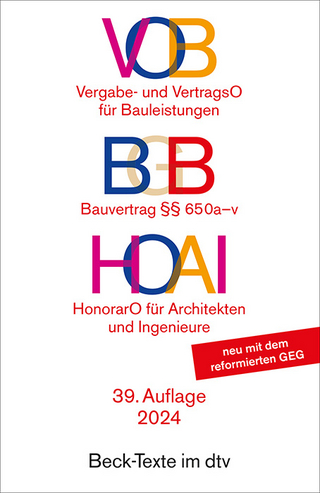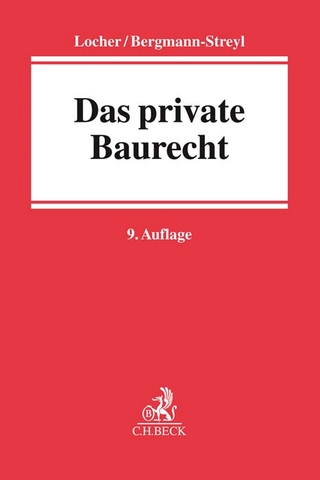
The Last Artists in New York
Westbeth and the Twilight of Bohemia
Seiten
2025
Black Sparrow Press,U.S. (Verlag)
978-1-57423-251-6 (ISBN)
Black Sparrow Press,U.S. (Verlag)
978-1-57423-251-6 (ISBN)
- Keine Verlagsinformationen verfügbar
- Artikel merken
An intimate history of America’s first publicly funded artists’ housing project and its residents that casts light on the precarious place of art-makers in a changing New York.
Westbeth Artists Housing was founded in 1970 to provide affordable housing for artists and their families. It occupies a full city block in what back then was one of New York’s less desirable neighborhoods, the desolate far-West Village. Over the next fifty years, the building complex served as a Great Society for bohemians, home at any one time to more than three hundred and eighty creators, who included the pioneering video artist Nam June Paik, jazz great Gil Evans, and the photographer Diane Arbus, who took her life in her apartment in 1971, barely a year after she’d moved in.
To its tenants Westbeth offered the possibility of a middle-class life at affordable rents that freed them to walk along the cliff-edge of their art. Barton Lidicé Beneš filled unlikely vessels (a water-gun, a squirting flower) with his HIV-positive blood in a series called “Lethal Weapons.” The actor Black-Eyed Susan played two dozen roles—including the empress of China and the queen of Saturn-- in the legendary Ridiculous Theatrical Company. After her basement studio was flooded during Superstorm Sandy, Karen Santry dove into the noxious water in rented scuba gear to check the condition of her paintings. With the passing of time, Westbeth’s artists watched their neighborhood gentrify and rebrand as the glitzy Meatpacking District, where the average apartment rents for more than $6000 a month. And while some of those artists achieved fame, obscurity drove others to bitterness and despair. The Twilight of Bohemia frames its story with that of the life and tragic death of Gay Milius, a gifted and flamboyantly eccentric painter, flea-market picker, and novelist who moved into the building in 1970 and took his life there in 2006.
Sociologists describe Westbeth as a Naturally-Occurring Retirement Community, or NORC; today, a majority of its residents are over 60. But is Westbeth just an arty senior center holding out against the ruthless market forces of late-capitalist New York? Is artmaking a relic of a past way of life or a good that merits our society’s continuing support? The Twilight of Bohemia explores the changing notions of what it means to be a successful artist and the heartbreaking difficulty of surviving as one at our present cultural moment. It’s a book for anyone who loves brilliantly written stories of passion, idealism, ambition and community, for any reader interested in urban social history or the history of art, and for all who still believe in the old bohemian ethos: of living for art.
Westbeth Artists Housing was founded in 1970 to provide affordable housing for artists and their families. It occupies a full city block in what back then was one of New York’s less desirable neighborhoods, the desolate far-West Village. Over the next fifty years, the building complex served as a Great Society for bohemians, home at any one time to more than three hundred and eighty creators, who included the pioneering video artist Nam June Paik, jazz great Gil Evans, and the photographer Diane Arbus, who took her life in her apartment in 1971, barely a year after she’d moved in.
To its tenants Westbeth offered the possibility of a middle-class life at affordable rents that freed them to walk along the cliff-edge of their art. Barton Lidicé Beneš filled unlikely vessels (a water-gun, a squirting flower) with his HIV-positive blood in a series called “Lethal Weapons.” The actor Black-Eyed Susan played two dozen roles—including the empress of China and the queen of Saturn-- in the legendary Ridiculous Theatrical Company. After her basement studio was flooded during Superstorm Sandy, Karen Santry dove into the noxious water in rented scuba gear to check the condition of her paintings. With the passing of time, Westbeth’s artists watched their neighborhood gentrify and rebrand as the glitzy Meatpacking District, where the average apartment rents for more than $6000 a month. And while some of those artists achieved fame, obscurity drove others to bitterness and despair. The Twilight of Bohemia frames its story with that of the life and tragic death of Gay Milius, a gifted and flamboyantly eccentric painter, flea-market picker, and novelist who moved into the building in 1970 and took his life there in 2006.
Sociologists describe Westbeth as a Naturally-Occurring Retirement Community, or NORC; today, a majority of its residents are over 60. But is Westbeth just an arty senior center holding out against the ruthless market forces of late-capitalist New York? Is artmaking a relic of a past way of life or a good that merits our society’s continuing support? The Twilight of Bohemia explores the changing notions of what it means to be a successful artist and the heartbreaking difficulty of surviving as one at our present cultural moment. It’s a book for anyone who loves brilliantly written stories of passion, idealism, ambition and community, for any reader interested in urban social history or the history of art, and for all who still believe in the old bohemian ethos: of living for art.
Peter Trachtenberg was born and grew up in New York City and began spending time in Westbeth in the late 1970s. He lived there (illegally) from 1995 to 2006. He is the author of three earlier books of nonfiction and the recipient of awards that include Whiting and Guggenheim Fellowships and a Phi Beta Kappa award.
| Erscheint lt. Verlag | 1.5.2025 |
|---|---|
| Zusatzinfo | Illustrations |
| Verlagsort | Jaffrey, NH |
| Sprache | englisch |
| Maße | 152 x 228 mm |
| Themenwelt | Kunst / Musik / Theater ► Kunstgeschichte / Kunststile |
| Recht / Steuern ► EU / Internationales Recht | |
| Recht / Steuern ► Privatrecht / Bürgerliches Recht ► Baurecht (privat) | |
| ISBN-10 | 1-57423-251-7 / 1574232517 |
| ISBN-13 | 978-1-57423-251-6 / 9781574232516 |
| Zustand | Neuware |
| Informationen gemäß Produktsicherheitsverordnung (GPSR) | |
| Haben Sie eine Frage zum Produkt? |
Mehr entdecken
aus dem Bereich
aus dem Bereich
Gesetz gegen Wettbewerbsbeschränkungen - GWB - 4. Teil, …
Buch | Softcover (2024)
dtv Verlagsgesellschaft
23,90 €
Vergabe- und Vertragsordnung für Bauleistungen Teil A und B …
Buch | Softcover (2024)
dtv Verlagsgesellschaft
13,90 €


